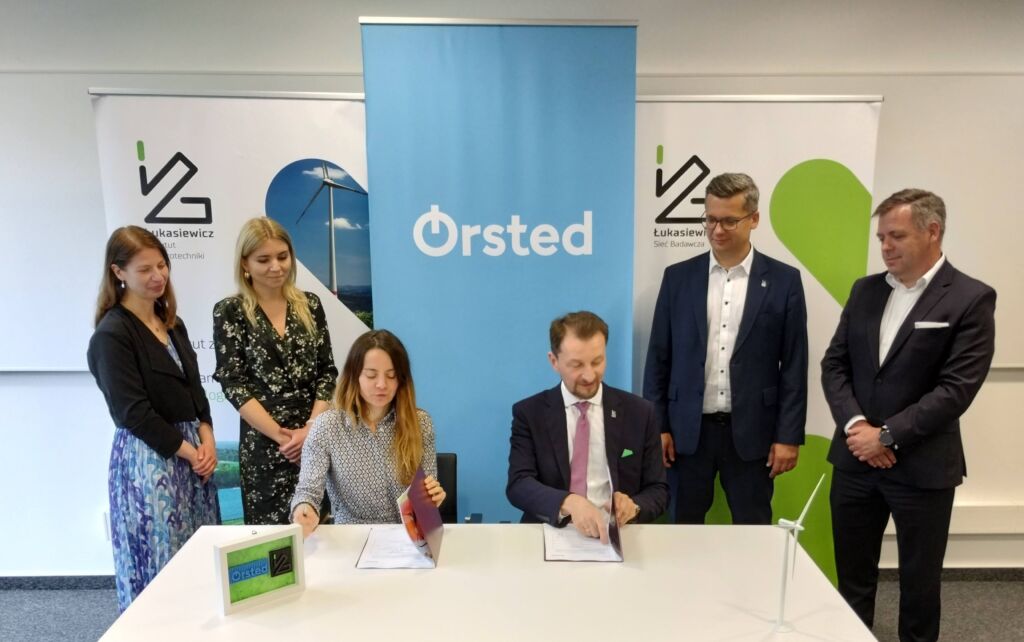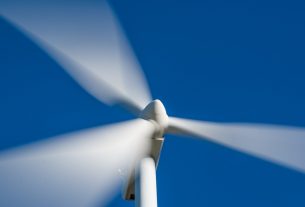Poland – Instytut Elektrotechniki (IEL) and Ørsted have signed a cooperation agreement to develop a technology for recycling turbine blades used in offshore wind farms.
This collaboration aims to address critical challenges in the industry, particularly the reduction of primary resource consumption for blade production and the advancement of recycling technologies as part of the circular economy strategy.
Circular economy implementation
Ørsted, recognizing the importance of sustainable development and circular economy principles in the wind energy sector, has joined forces with Łukasiewicz, one of Europe’s largest research networks. The Łukasiewicz Research Network, through its “Green, low-emission economy” research direction and the “Offshore Wind Energy” program, is actively engaged in recycling wind turbine blades. The project aligns with the goal of sustainable development and circular economy implementation in the field of wind energy.
Non-waste recycling
Sebastian Wydra, director of Łukasiewicz – IEL, highlights the research project initiated in 2022 to develop a circular waste management method for wind turbine blades. Traditionally, blades have been disposed of through incineration or landfilling, both of which have negative environmental impacts and lack profitability. The project conducted by Łukasiewicz – IEL focuses on non-waste recycling methods for blades, aiming to develop secondary raw materials for the production of service products and equipment for new or existing wind farms.
Shared vision
The agreement between Ørsted and Łukasiewicz – IEL entails Ørsted providing research material in the form of worn blades from offshore wind turbines. These samples will enable Łukasiewicz – IEL to conduct research on the circular economy of offshore wind turbines, which began in 2022.
Both Ørsted and Łukasiewicz – IEL are guided by the principles of a circular economy, aiming to reduce raw material consumption and promote waste minimization and reuse. Their collaboration signifies their dedication to sustainable development strategies.




